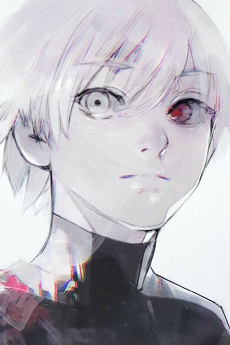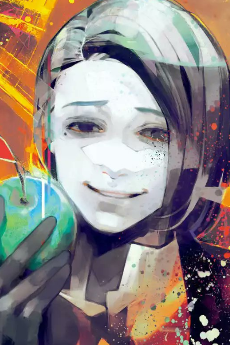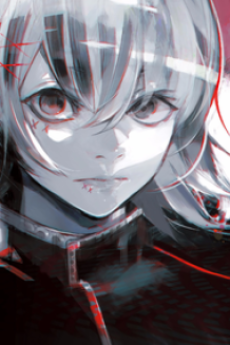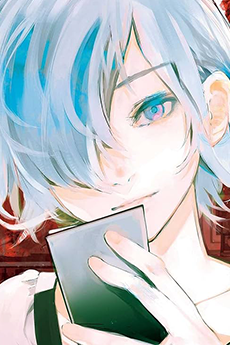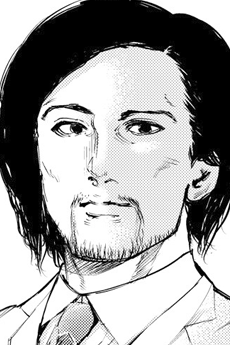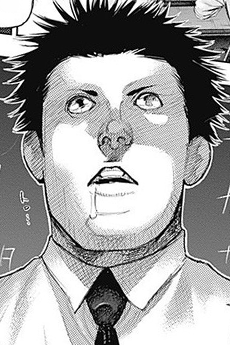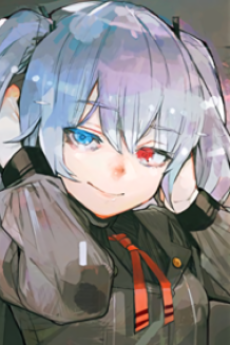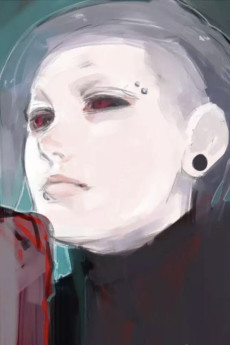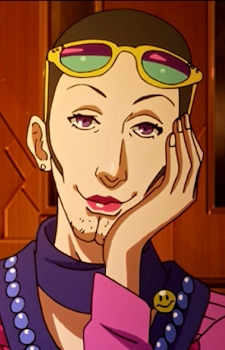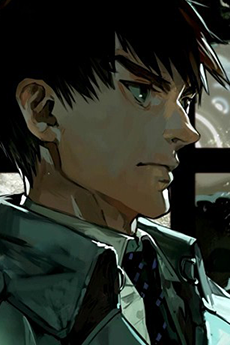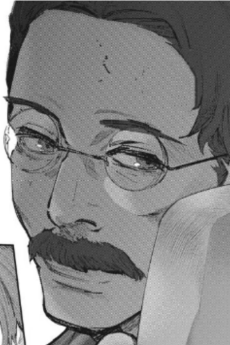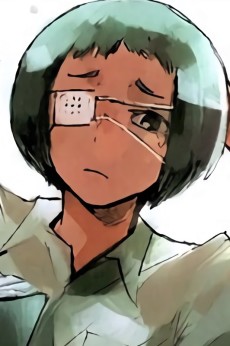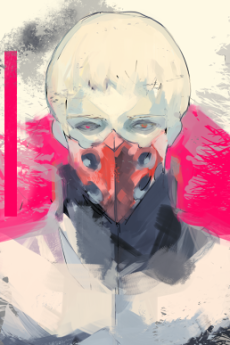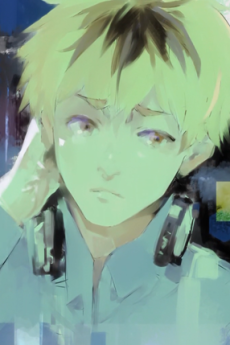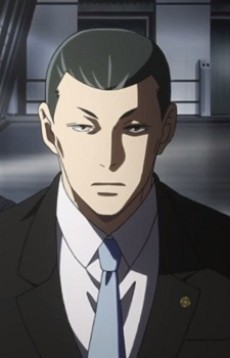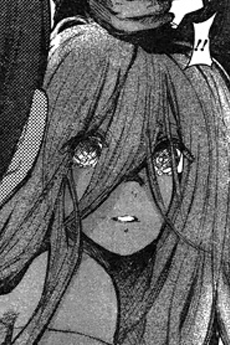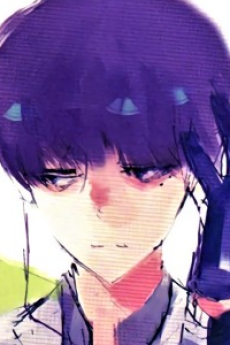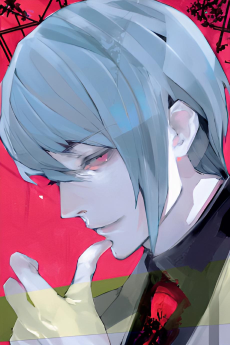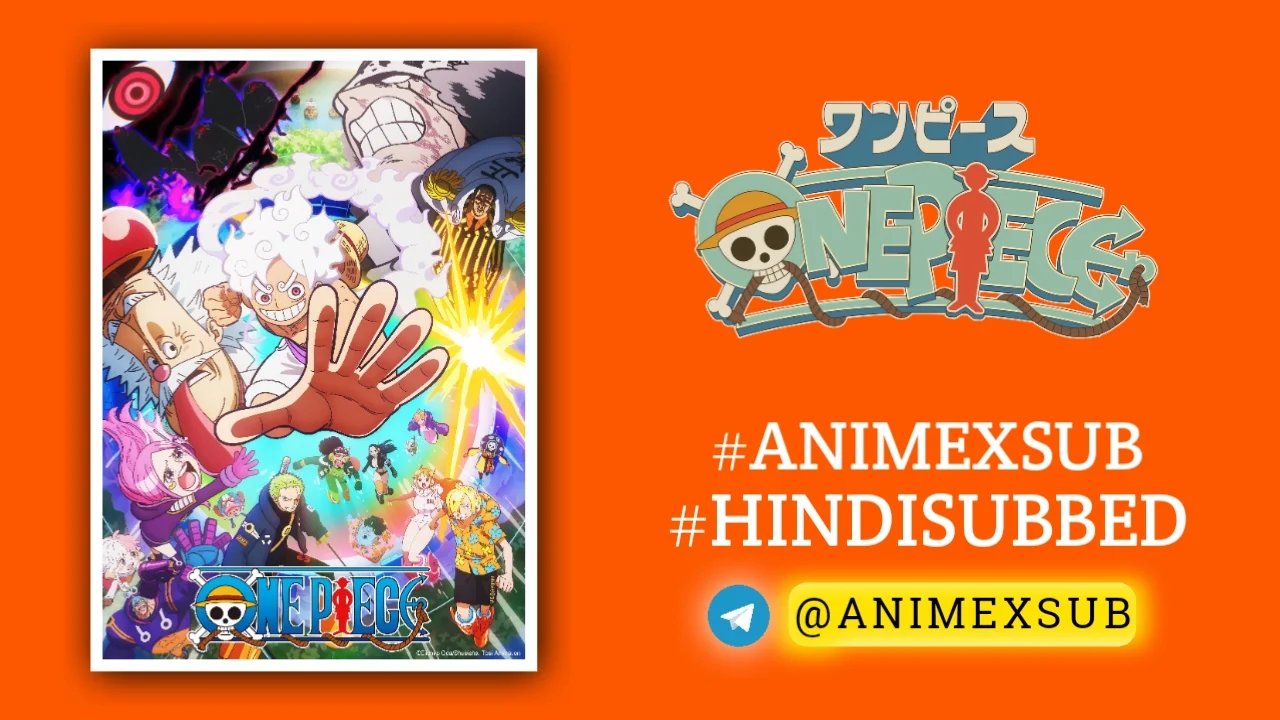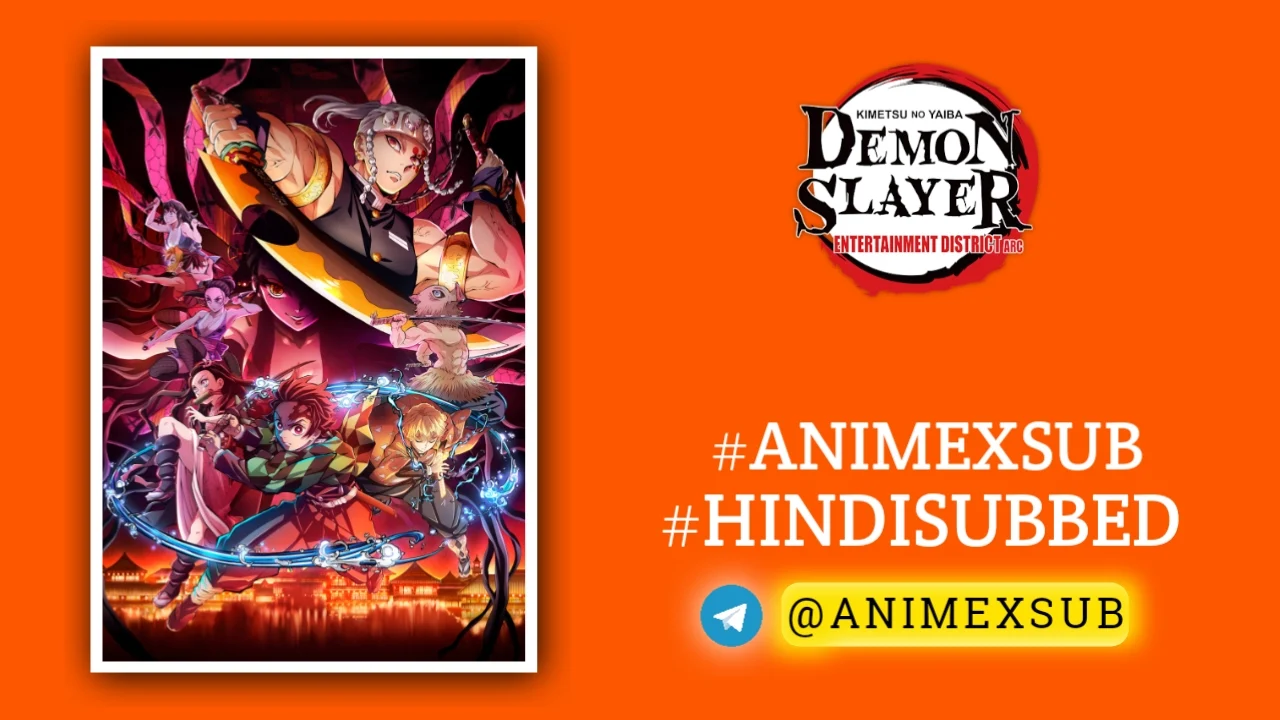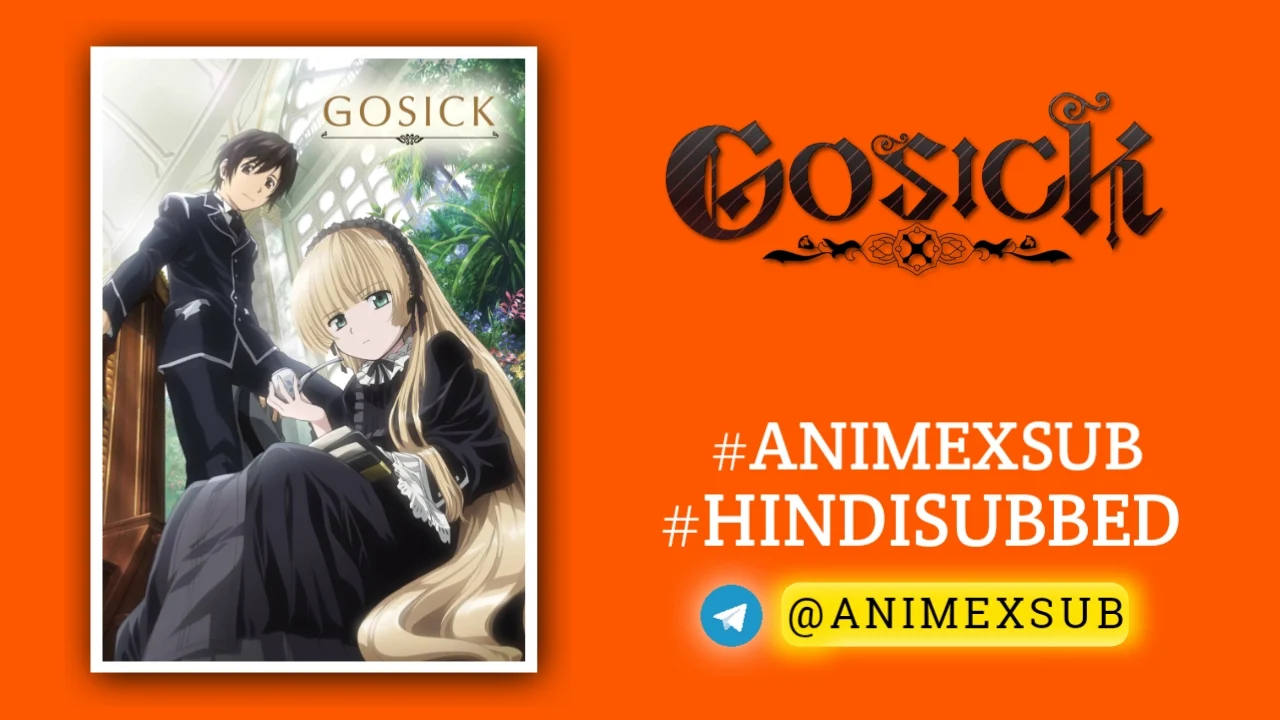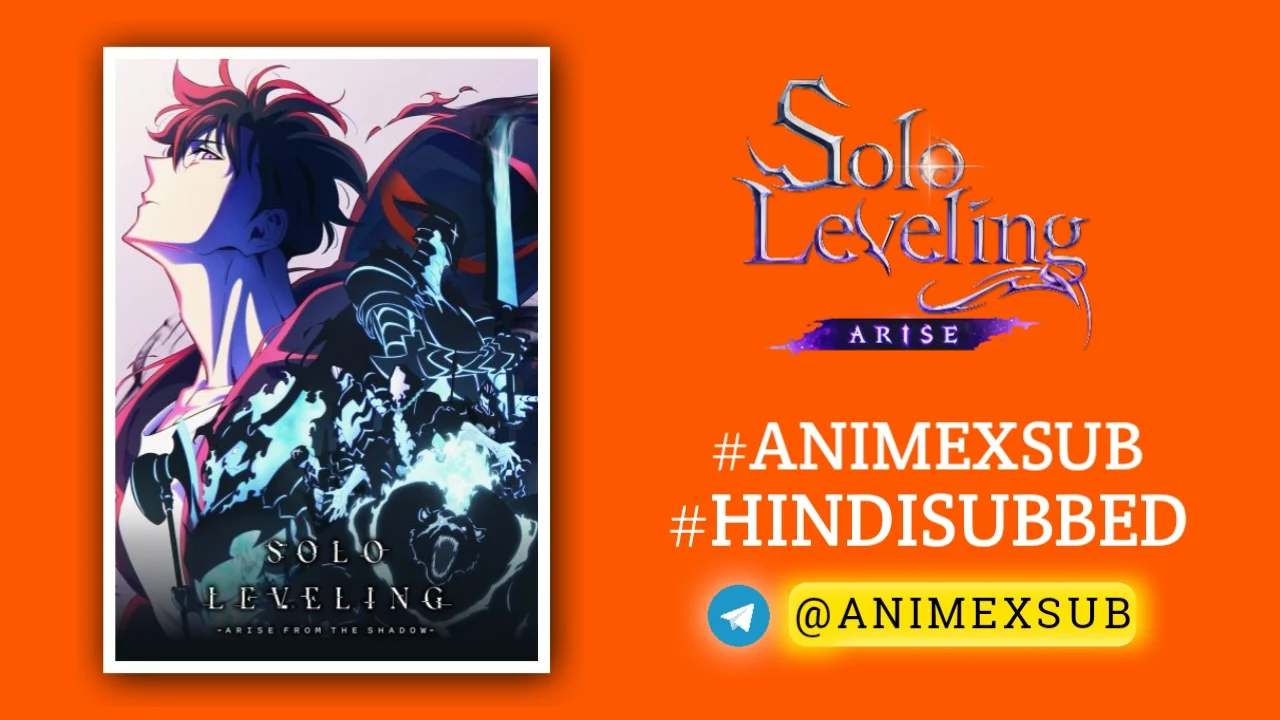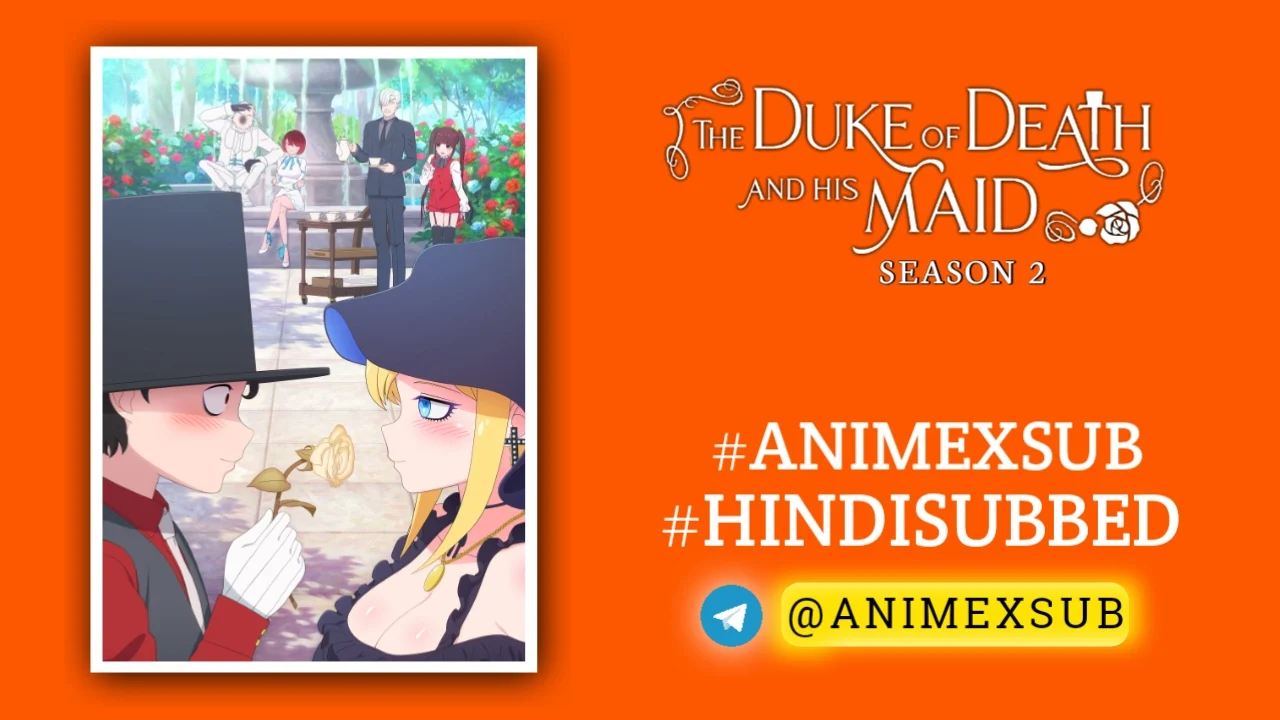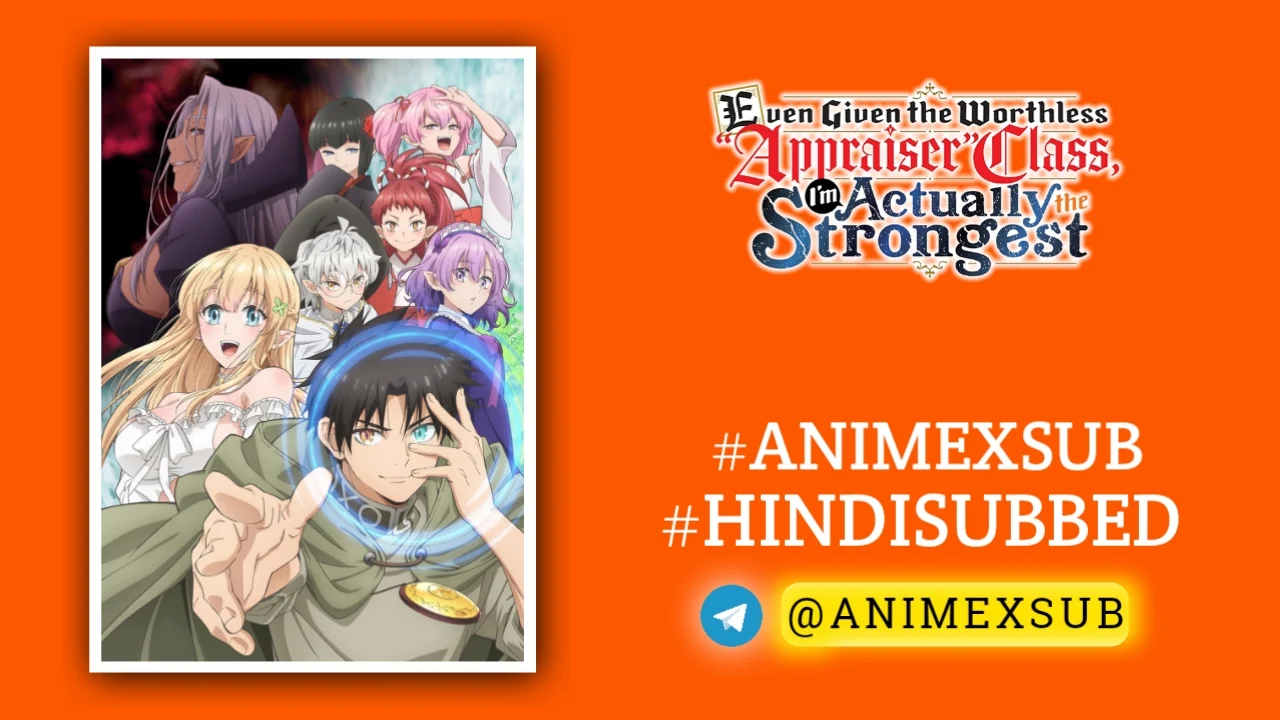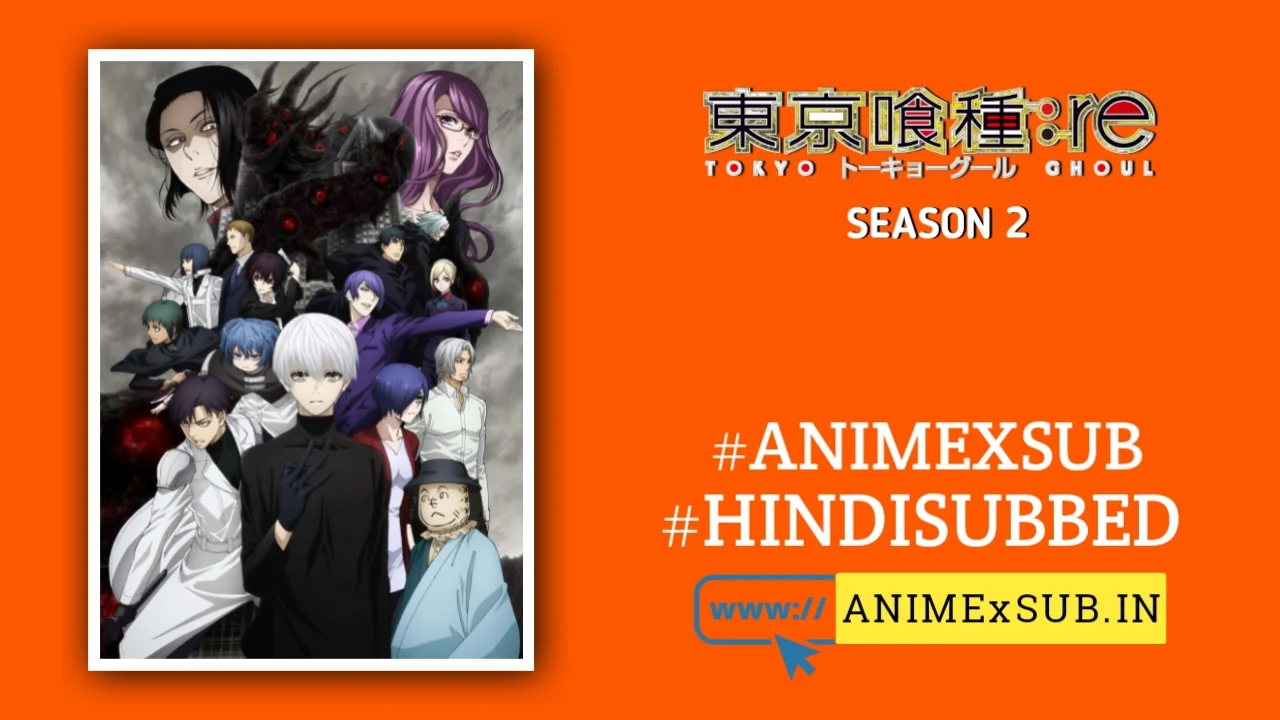
Tokyo Ghoul Season 4 Hindi Subbed [12/12] | Tokyo Ghou:re 2 Hindi Sub!!
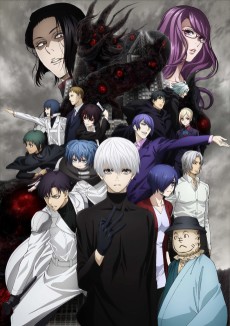
Tokyo Ghoul:re 2
Tokyo Ghoul:re 2Synopsis
The second cour of Tokyo Ghoul:re. Kaneki Ken has finally regained memories of his former self, but this once again leaves him at a crossroads in the war between human and ghoul. After donning a pair of glasses to mirror his mentor Arima, Kaneki's new assignment is to manage the interrogation of Eto, the One-Eyed Owl, after she reveals her ghoul nature in a press conference about the publication of her newest book, which she claims will bridge the gap between the two warring sides. Now interred in Cochlea, Eto eagerly awaits the awakening of the "One-Eyed King", but only Kaneki seems to understand what she's really planning. As Aogiri Tree descends on the facility to rescue their leader, Kaneki turns to one of his oldest friends for help in his new secret mission. (Source: Anime News Network) The first episode was distributed online via GYAO! on September 29, 2018. TV broadcast began on October 9, 2018.
Watch Trailer
Characters
Tokyo Ghoul:re Season 2 – A Deep Dive into a Divisive Sequel
Tokyo Ghoul:re Season 2, the concluding half of the anime adaptation of Sui Ishida’s manga sequel to Tokyo Ghoul, remains one of the most polarizing entries in the franchise. Airing in 2018, this 12-episode season (episodes 13–24 of Tokyo Ghoul:re) attempts to wrap up the sprawling narrative of Ken Kaneki’s journey in a world torn between humans and ghouls. While it delivers moments of emotional weight and visual flair, it struggles under the weight of rushed pacing, narrative compression, and unmet expectations. This article explores the season’s highs, lows, and unique elements, offering a fresh perspective on its place in the Tokyo Ghoul legacy without promotional fluff—just raw analysis.
The Context: A Complex Setup
Tokyo Ghoul:re Season 2 picks up after the events of Season 1, where Ken Kaneki, now living as Haise Sasaki, grapples with his fractured identity as a half-ghoul investigator for the CCG (Commission of Counter Ghoul). The season dives deeper into the conflict between the CCG, the ghoul organization Aogiri Tree, and other factions like the Clowns and Goat, Kaneki’s resistance group. Key plot points include Kaneki’s struggle to reconcile his past and present selves, the escalating war in Tokyo, and the tragic fates of characters like Eto, Arima, and Furuta.
The manga, known for its intricate plotting and psychological depth, spans 179 chapters, but the anime condenses roughly 120 chapters into 12 episodes. This compression shapes much of the season’s reception, as it races through major arcs like the Cochlea/Rushima Island and the Clown Siege.
Strengths: Emotional Peaks and Visual Grit
Despite its flaws, Tokyo Ghoul:re Season 2 has moments that resonate deeply with fans. The season excels in its emotional beats, particularly in Kaneki’s arc. His internal conflict—torn between his human empathy and ghoul instincts—reaches a climax as he confronts his past traumas and takes leadership of Goat. Scenes like his reunion with Touka Kirishima and their raw, vulnerable moments (notably the much-discussed Episode 19) carry the emotional weight of their shared history, offering a rare glimmer of hope in a bleak narrative.
Visually, Studio Pierrot’s animation, while inconsistent, delivers in key moments. The brutal fight sequences, such as Kaneki’s transformation into the Dragon kagune, showcase grotesque yet mesmerizing designs that capture the manga’s body-horror aesthetic. The soundtrack, featuring Yutaka Yamada’s haunting compositions and the opening theme “katharsis” by TK from Ling Tosite Sigure, amplifies the season’s melancholic tone. These elements create a visceral atmosphere that, at its best, immerses viewers in the story’s despair and fleeting beauty.
The season also introduces compelling new characters, like the enigmatic Furuta Nimura, whose chaotic nihilism and cunning make him a standout antagonist. His clash with Kaneki and the CCG adds a layer of political intrigue, exploring themes of power, betrayal, and societal decay. The moral ambiguity of the human-ghoul conflict remains a strength, forcing viewers to question who the real monsters are.
Weaknesses: A Rushed and Fragmented Narrative
The season’s biggest criticism is its breakneck pacing. With so much ground to cover, major plot points—like the Cochlea raid, Eto’s sacrifice, and the Dragon arc—are reduced to fleeting moments, robbing them of their emotional and narrative weight. Character arcs, such as those of Urie, Saiko, and the Quinx Squad, feel sidelined, with little room for development. Fans of the manga often point to omitted details, like the full extent of Arima’s backstory or the psychological depth of Kaneki’s descent into madness, as critical losses.
The animation quality also falters at times, with static frames and off-model character designs drawing criticism. While the manga’s dense dialogue and introspection are its heart, the anime leans heavily on action, often sacrificing nuance for spectacle. This approach alienates viewers unfamiliar with the source material, as the season assumes prior knowledge of characters and events, leaving newcomers disoriented.
The season’s ending, while attempting to tie up loose ends, feels abrupt. The resolution of the human-ghoul conflict and Kaneki’s final choices lack the buildup needed to feel earned, resulting in a conclusion that’s bittersweet but unsatisfying for many. Compared to the manga’s layered epilogue, the anime’s version feels like a skeleton of the original vision.
Unique Elements: Themes and Symbolism
What sets Tokyo Ghoul:re Season 2 apart from other shonen or seinen anime is its unrelenting focus on existential themes. The season delves into questions of identity, purpose, and the cyclical nature of violence. Kaneki’s transformation into the Dragon—a literal and metaphorical manifestation of his inner turmoil—serves as a powerful allegory for self-destruction and redemption. The imagery of Tokyo as a decaying, ghoul-infested wasteland underscores the story’s critique of societal division and dehumanization.
The season also explores the concept of found family through Goat and the Quinx, contrasting the cold bureaucracy of the CCG. Moments like Touka’s unwavering support for Kaneki or Saiko’s quiet loyalty to her team highlight the human need for connection, even in a world defined by conflict. These themes, while underdeveloped in the anime, still shine through, offering a glimpse of Ishida’s philosophical storytelling.
Comparison to the Manga and Franchise
For manga readers, Season 2 is a lightning rod for disappointment. The source material’s strength lies in its slow-burn character studies and intricate world-building, which the anime sacrifices for expediency. However, when viewed as a standalone work, the season offers a condensed, action-heavy take on the story that may appeal to viewers who prefer a faster pace. Compared to Tokyo Ghoul’s first season, which was praised for its atmosphere but criticized for deviating from the manga, re Season 2 doubles down on adaptation issues but retains more of the source’s thematic core.
The season’s place in the franchise is complicated. It’s neither the triumphant conclusion fans hoped for nor a complete misfire. It exists as a flawed but ambitious attempt to capture Ishida’s vision, hindered by production constraints and an overstuffed narrative.
Reception and Legacy
Upon release, Tokyo Ghoul:re Season 2 sparked heated debate. On platforms like MyAnimeList, it holds a score of around 4.5/10, reflecting widespread dissatisfaction among fans, particularly manga readers. Critics on sites like Anime News Network noted the season’s “frantic pacing” and “missed opportunities,” though some praised its emotional moments and music. On X, posts from 2018 reveal a mix of frustration and bittersweet appreciation, with fans lamenting the adaptation but cherishing moments like Kaneki and Touka’s relationship.
The season’s legacy is one of “what could have been.” It’s a cautionary tale of adapting complex manga under tight constraints, yet it remains a testament to the enduring appeal of Tokyo Ghoul’s world. For some, it’s a flawed but emotional finale; for others, it’s a reminder to read the manga.
Final Thoughts: A Beautiful Mess
Tokyo Ghoul:re Season 2 is a paradox—a season that soars in its best moments but stumbles under its own ambition. Its emotional highs, striking visuals, and thematic depth make it a compelling watch, but its rushed pacing and narrative gaps hinder its potential. It’s a season that demands patience and context, rewarding viewers who engage with its subtext while frustrating those expecting a cohesive adaptation.
For newcomers, it’s a chaotic entry point that may intrigue but confuse. For fans, it’s a bittersweet farewell to a beloved story, best appreciated as a companion to the manga rather than a definitive retelling. Ultimately, Tokyo Ghoul:re Season 2 is a flawed gem—imperfect, divisive, but undeniably unique in its raw, haunting portrayal of a world where humanity and monstrosity blur.
Support Our Anime Community!
Love watching the latest anime? Help us keep uploading new episodes by join telegram channel ❤️
Join Now!